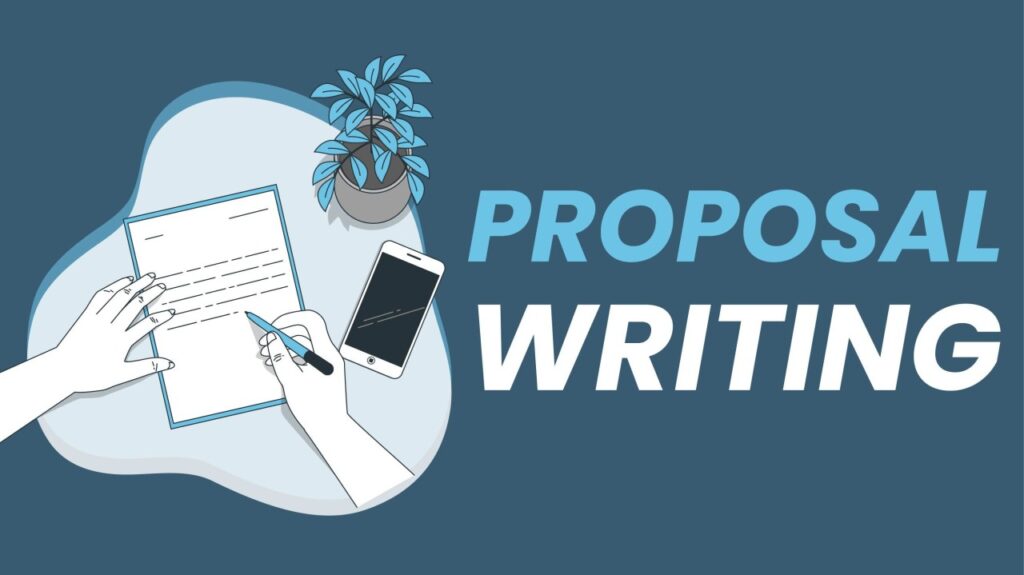Writing a winning proposal

Mastering the art of proposal writing is essential for professionals across various industries. A compelling proposal can be the deciding factor between securing a new client or project and missing out on a valuable opportunity. This blog post aims to equip you with the knowledge and tools to craft a proposal that stands out and wins you the work.
By the end of this article, you'll understand the key components that make up a successful proposal, how to tailor it to your client's needs, and best practices to enhance your overall proposal writing strategies. Let's delve into creating a pitch that not only highlights your expertise but also aligns with your client's goals.
Understanding Your Client's Needs
The foundation of effective proposal writing begins with thoroughly understanding your client's needs. Before you start drafting your document, research your client and the specifics of the project. What are their core values? What challenges are they facing? What are their goals? Answering these questions will help you to tailor your proposal directly to them.
It's also essential to speak directly to the decision-makers. Who will be reading your proposal? What are their personal and professional goals? By aligning your proposal with their objectives, you can increase your chances of making a positive impression.
Lastly, review the RFP (Request for Proposal) carefully if one is provided. Be sure to address all the requirements and questions posed in the RFP to show that you pay attention to detail and are responsive to your client's specific requests.
The Structure of Your Proposal
The structure of your proposal is like a roadmap for your readers. Begin with an introduction that includes your focus keyword of 'proposal writing' to immediately resonate with the SEO aspect and the reader. This section should briefly explain who you are, what you offer, and how you understand the client's needs.
Following the introduction, present a proposed solution or method. This is where you get to shine—detail how your services or products will address the client's problems or help achieve their goals. Clearly explain your strategy and the benefits of choosing your proposal over competitors.
Concluding your proposal involves laying out the logistics. This includes timelines, budgets, and the steps needed to get started. By providing transparent and concrete information in these areas, you demonstrate your professionalism and readiness to take on the project.
Highlight Your Unique Value Proposition
Your unique value proposition (UVP) is what sets you apart from others. In the context of proposal writing, your UVP should clearly articulate why your solution is the best fit for the client's needs. Have you worked on similar projects? Do you possess special expertise or proprietary technology? Make sure these distinct advantages are evident.
Incrafting your UVP, make it relatable to the client. It's not just about what makes you great; it's about how your greatness translates into value for the client. Use specific examples and testimonials if possible to add credibility.
Lastly, avoid jargon and buzzwords. Communicate your UVP in simple, clear language that is easy to understand.
Personalize Your Approach
Generic proposals are easy to spot and often fail to make an impression. Ensure that your proposal feels personalized to the client. Reference previous conversations, demonstrate understanding of their industry, and address them by name whenever appropriate.
Consider also the format and presentation of your proposal. While content is crucial, the visual appeal of your document can also play a significant role in capturing attention. Use branding elements, consistent formatting, and professional design to enhance readability and engage the reader.
Lastly, don’t shy away from adding a personal touch. A brief story or anecdote related to the client’s situation can make your proposal more memorable and relatable.
Proofread and Edit
An often overlooked but critical stage in proposal writing is the review process. Spelling mistakes, grammatical errors, and poorly structured sentences can undermine the credibility of your proposal. Take the time to proofread your work, or better yet, have someone else do it for you.
Editing is also important. Make sure every section is concise and that you’re not repeating yourself. Clarity and brevity are key to keeping the reader's attention and respect.
Remember to confirm that you’ve met all the requirements mentioned in the RFP and that your proposal is compliant with any industry standards or regulations relevant to the project.
Follow-Up Strategically
Once your proposal is submitted, a well-thought-out follow-up strategy can make a difference. Decide in advance when and how you will follow up. You could suggest a meeting or call to discuss the proposal further after they have had time to review it.
Respect the client's process and timeline, but don't hesitate to stay on their radar. A polite reminder that you're available to answer any questions may encourage a response and demonstrates your enthusiasm for the project.
Continuous Improvement
In the realm of proposal writing, there is always room for growth. Analyze the outcomes of your proposals, whether successful or not, and gather feedback. Understanding what worked and what didn’t will help you refine your approach for future opportunities.
Continually educate yourself about industry trends, competitive offerings, and new proposal writing techniques to stay at the top of your game.
In conclusion, the key to winning proposals lies in a deep understanding of your clients' needs, presenting a structured and clear offering, and infusing your documents with both professionalism and personal touches. Remember to incorporate the focus keyword 'proposal writing' throughout your document to optimize for both SEO and relevance. By following these guidelines and constantly seeking to improve, your proposal writing skills will not only win you projects but also build lasting client relationships.

Related